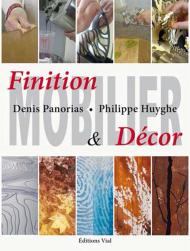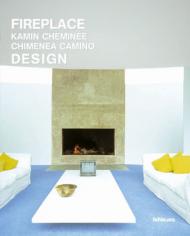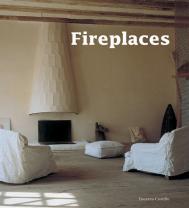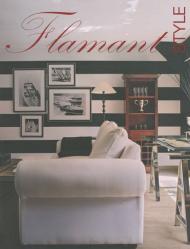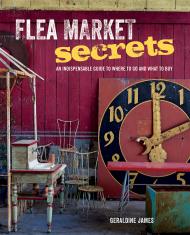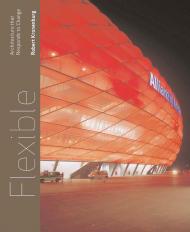Les auteurs présentent dans ce livre un très large éventail de possibilités de finition du mobilier. Les finitions traditionnelles mais aussi la grande variété des finitions contemporaines mettant en oeuvre les techniques et les matériaux modernes sont détaillés. Des photos d’ensemble et de détail accompagnent le texte décrivant la technique appliquée.
Sommaire :
Incidence du support sur la finition, la préparation du support, la mise en teinte des bois, les familles de produits de finition, les finitions transparentes ou vernies, les finitions laquées, le matériel de mise en oeuvre.
